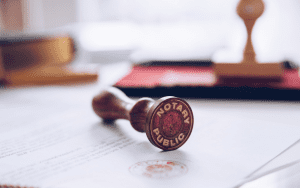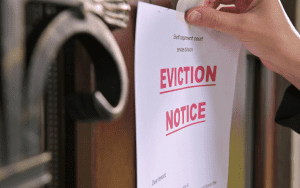Bigger deposits mean a smaller loan and a better interest rate.
Rising inflation and several interest rate hikes have many South Africans trying their best to keep their costs down where possible, and this has also translated into their homebuying behaviour.
The Q2 ’22 oobarometer statistics, released by ooba, reveal lower-than-expected home price inflation from the last quarter. This has resulted in property becoming more affordable in certain regions (in real terms, i.e. after the effects of inflation are stripped out), enabling homebuyers to put down larger deposits.
However, it’s interesting to compare buying behaviour across the various regions, and to identify areas where homebuyers are prioritising deposits.
Deposits are a great way to reduce the size of one’s monthly and total home loan repayments, and to negotiate a better interest rate from the banks. While the oobarometer only observed a 0.4% growth in the price of property quarter-on-quarter, the average size of deposits experienced a 16.4% increase.
We also observed that in many regions, the average deposit size was significantly higher than the national average of 7.8%. In the Western Cape, which is currently the region experiencing the most homebuying activity, the average deposit size is a whopping 17%.
This could be attributed to increased semigration and the scarcity of property supply in the region, resulting in homebuyers needing to put down a larger deposit to secure their dream home.
Tips for saving for a deposit
With the largest deposit amounts in various provinces, including the Western Cape, Limpopo/Polokwane, Eastern Cape, KZN, and Gauteng North/East Rand exceeding the generally recommended 10% deposit, it’s clear that consumers are making smart choices and prioritising long-term savings over short-term gains.
The benefits of putting down a larger deposit are primarily financial, but they also indicate to both the seller and the banks that the buyer is serious about their purchase. This results in a higher chance of approval, and more favourable interest rates.
While putting aside money for a deposit may be a daunting prospect in these challenging economic times, here are some budgeting tips to make saving up easier:
- Set a goal. Start by receiving a pre-approval to determine what size bond you will qualify for. Set a realistic savings goal of 10% of that total amount, considering your timeline for buying a home. This will give you an indication of how much you will need to put aside each month to reach your goal by your preferred deadline.
- Draw up a monthly budget. This involves tracking your monthly expenditure and cutting down on unnecessary impulse purchases. Go through your bank statement to determine where you can cut back—this may be in the form of a debit order that’s no longer needed, or by reducing your daily coffee stops.
- Get rid of credit card debt. The inflation on your credit card debt is eating away at your savings. Avoid making purchases that you can’t afford to pay back immediately, and speak to your bank about lowering your overdraft limit.
- Put your savings in a separate account. This way you don’t risk tapping into your savings, as this account should be strictly off-limits. Make sure that the account is interest-bearing, to increase your savings efforts.
Finally, once you have successfully saved up for a deposit, make sure that your hard work doesn’t go to waste by ensuring that it is protected from cybersecurity threats. Third-party options, like Buyers Trust, offer you security, full transparency, free bank guarantees, and a high return on your investment as a result of it being stored in a maximum interest-bearing account.
This article is a general information sheet and should not be used or relied on as legal or other professional advice. No liability can be accepted for any errors or omissions nor for any loss or damage arising from reliance upon any information herein. Always contact your legal adviser for specific and detailed advice. Errors and omissions excepted (E&OE)
















